Molecularly Imprinted Polymers in Wastewater Treatment are emerging as one of the most promising solutions to tackle modern water pollution. Wastewater pollution is one of the most pressing environmental challenges of our time. From industrial effluents and pharmaceuticals to pesticides and heavy metals, a wide range of contaminants enter our water systems daily. Conventional treatment methods such as activated carbon adsorption, coagulation, and membrane filtration can remove many pollutants, but they often lack selectivity—meaning harmful trace chemicals can escape into rivers and drinking water supplies.
This is where Molecularly Imprinted Polymers (MIPs) step in as a cutting-edge, sustainable solution.
What are Molecularly Imprinted Polymers (MIPs)?
MIPs are synthetic polymeric materials designed with highly specific recognition sites. During their preparation, a template molecule (e.g., a contaminant of interest) is introduced into the polymerization mixture. After polymerization, the template is removed, leaving behind molecular “cavities” that are complementary in shape, size, and chemical functionality to the target molecule.
Think of MIPs as artificial antibodies: they selectively bind to their target contaminants, even in complex mixtures like wastewater.
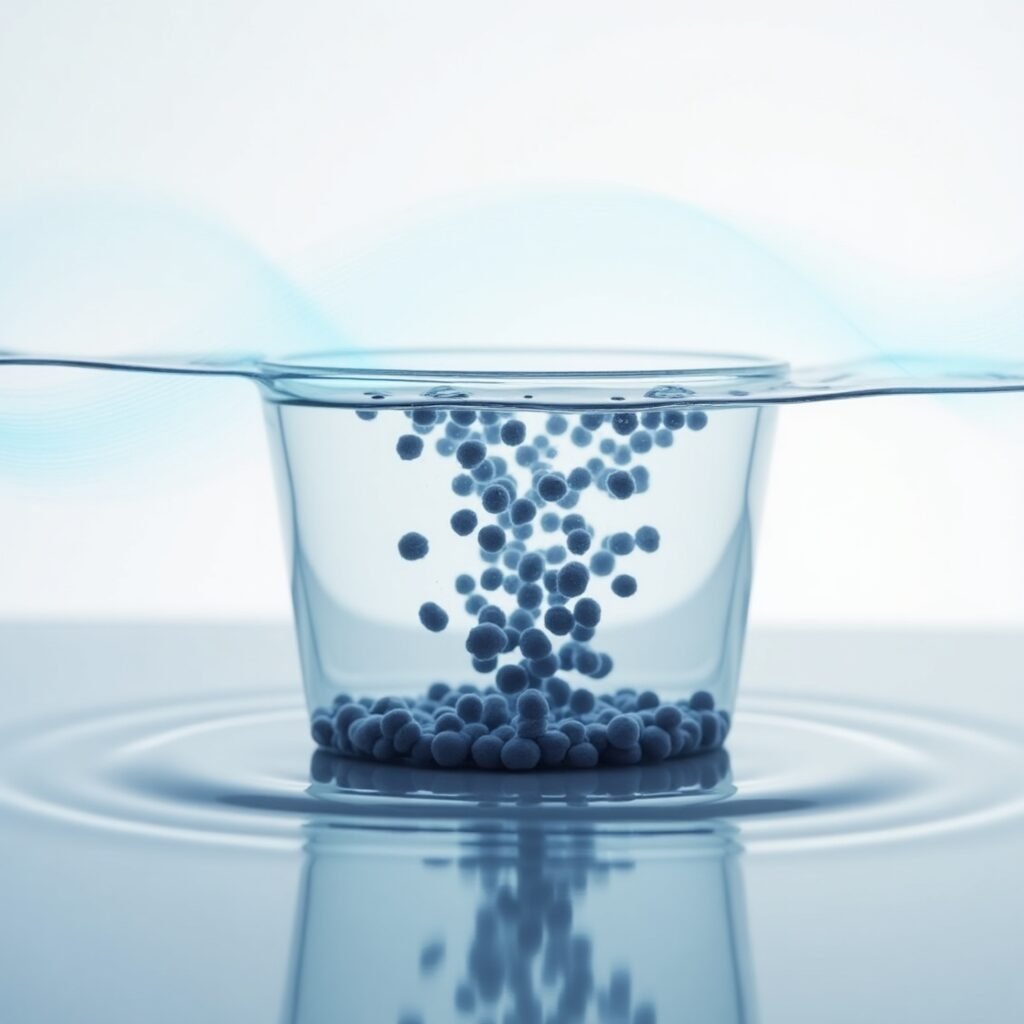
Why MIPs in Wastewater Treatment?
1. High Selectivity
MIPs can be tailored to recognize and bind specific pollutants—such as antibiotics, hormones, pesticides, or heavy metals—making them more precise than traditional adsorbents.
2. Cost-Effectiveness
They are cheaper to produce compared to biological receptors or advanced nanomaterials, while still delivering high performance.
3. Stability and Reusability
Unlike natural recognition systems, MIPs can withstand extreme pH, temperature, and organic solvents. They can also be regenerated and reused multiple times, reducing operational costs.
4. Wide Application Spectrum
MIPs have shown success in capturing:
a) Pharmaceutical residues (antibiotics, painkillers, endocrine disruptors)
b) Pesticides and herbicides from agricultural runoff
c) Heavy metals (lead, cadmium, mercury) through ion-imprinted polymers
d) Dyes and industrial chemicals from textile and chemical factories
Recent Advances in MIP Technology for Water Purification
Researchers are now integrating MIPs into hybrid systems to improve their efficiency:
- MIP-based membranes for filtration units
- Magnetic MIPs that allow easy separation after pollutant binding
- Nano-MIPs with high surface area for faster adsorption kinetics
- MIP sensors for real-time monitoring of water contaminants
These innovations bring us closer to scalable, field-ready wastewater treatment systems.
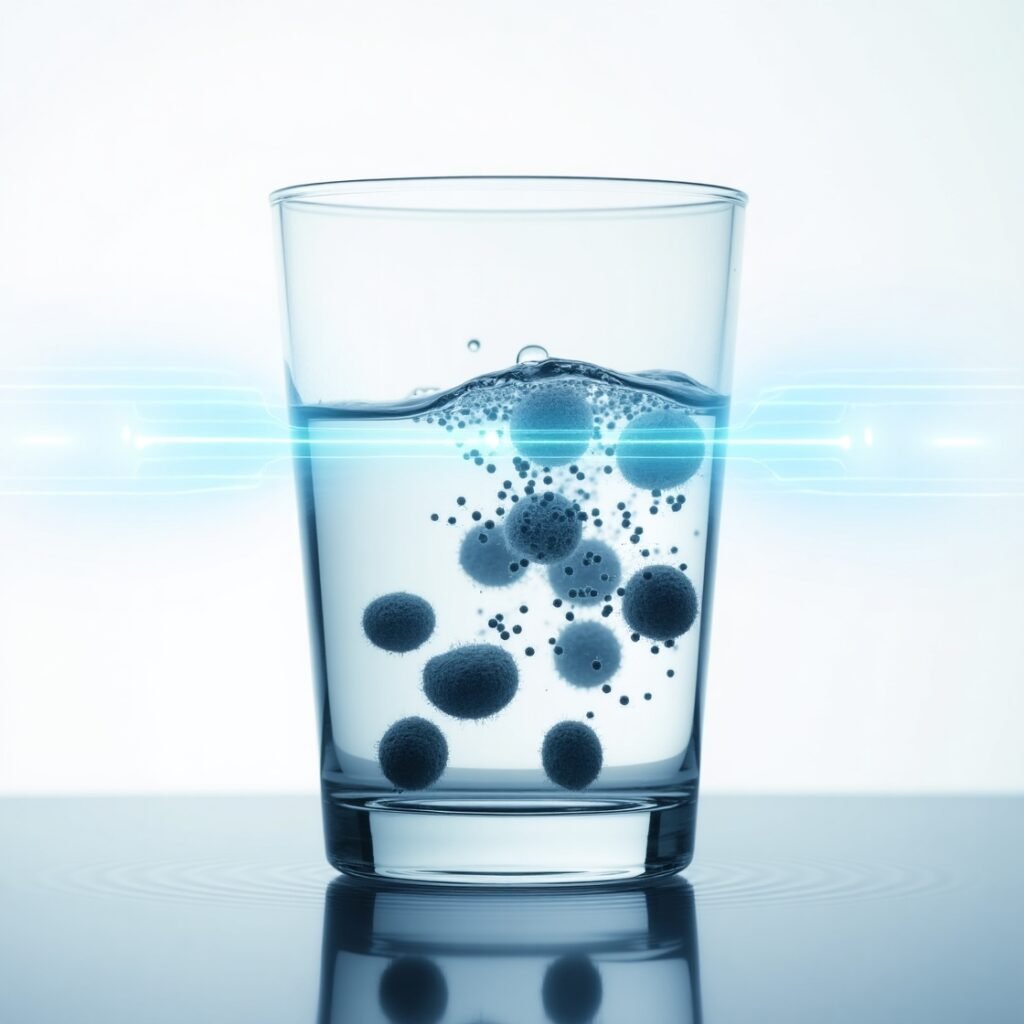
Environmental and Societal Benefits
The use of MIPs in wastewater treatment doesn’t just remove pollutants—it directly contributes to:
- Safer drinking water supplies
- Protection of aquatic life from harmful chemicals
- Reduced environmental footprint by reusing polymers
- Support for circular economy goals through sustainable purification technologies
Challenges and Future Prospects
While promising, MIPs also face certain challenges:
- Scalability: Producing MIPs in large quantities for industrial wastewater treatment is still a hurdle.
- Multi-contaminant systems: Designing MIPs for complex mixtures requires advanced strategies.
- Regeneration efficiency: Repeated use without performance loss needs improvement.
Future research aims to develop multi-functional MIPs capable of targeting several contaminants at once, alongside eco-friendly synthesis routes that minimize chemical waste during polymer production.

Final Thoughts
Molecularly Imprinted Polymers in wastewater treatment are not just a novel research idea—they are a transformative technology with real-world potential. Their unique ability to selectively recognize and capture specific contaminants gives them an edge over traditional treatment methods that often lack precision. Whether it’s removing pharmaceutical residues, pesticides, dyes, or heavy metals, MIPs provide a targeted, cost-effective, and reusable approach to tackling some of the most persistent pollutants in our water systems.
Moreover, advancements such as magnetic MIPs, nano-MIPs, and MIP-based membranes are expanding their applicability, making them viable for large-scale environmental protection. As industries, governments, and researchers continue to seek sustainable water management solutions, MIPs stand out as a key player in achieving cleaner water, healthier ecosystems, and improved public health.
While challenges such as large-scale production and regeneration efficiency remain, ongoing research is steadily addressing these hurdles. The future of wastewater treatment will likely integrate MIPs alongside other advanced technologies, creating hybrid systems capable of meeting the world’s growing demand for safe and sustainable water resources.
In short, Molecularly Imprinted Polymers are paving the way for a future where wastewater treatment is smarter, greener, and more reliable—a critical step toward safeguarding our planet’s most precious resource.



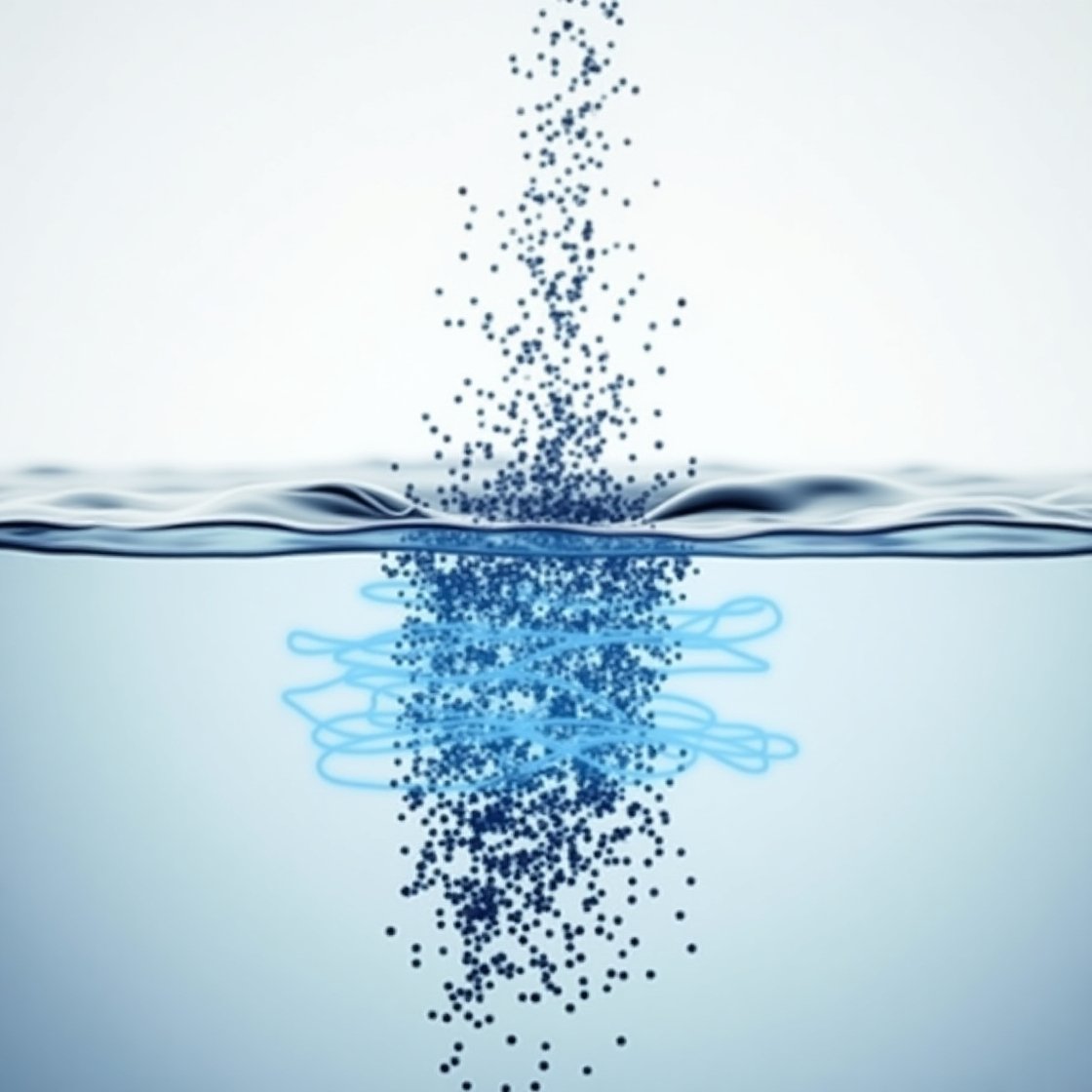



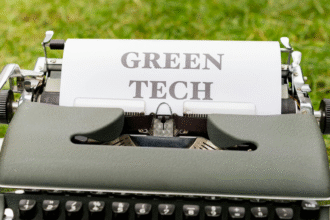
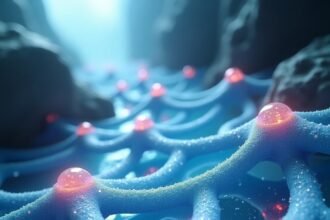
This article is incredibly insightful! I appreciate how it clearly explains the innovative potential of MIPs in tackling water pollution. The blend of technical detail and real-world benefits makes it highly accessible and inspiring for someone like me interested in sustainable solutions.volleyball